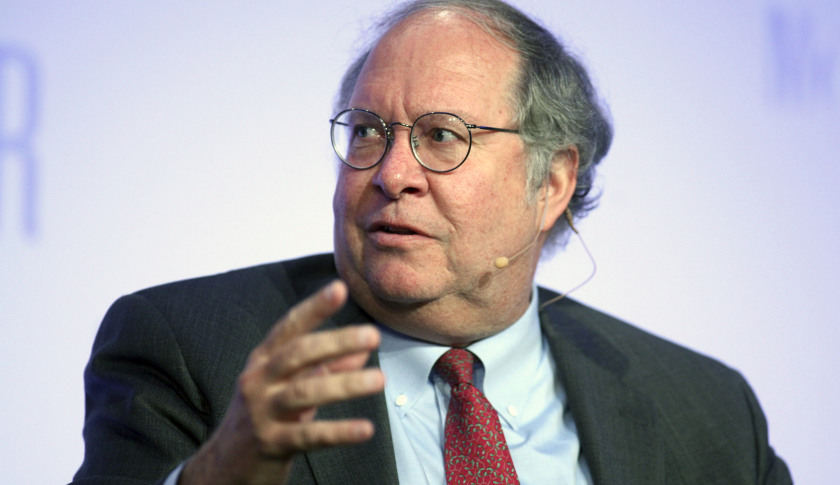
Bill Miller is not a household name to most people, but he certainly earned his keep over the years as a fund manager at Legg Mason Capital Management.
Miller made his name by beating the S&P 500 Index for 15 consecutive years, a nifty feat and one that is remarkably difficult to repeat.
But it has been the wholesale shift from active to passive investing that has intrigued him most recently, as Miller explained in a lengthy interview with the investment manager Barry Ritholtz.
Miller maintains that as much as seven in 10 supposedly “active” fund managers are in fact high-priced closet indexers.
Rules they must follow at their firms make risk-taking impossible, Miller says. And it’s only by taking outsized risks that one can hope to beat the market, he says.
Being different is just too hard. Miller’s own fund at Legg Mason, for instance, might deviate by 100% from the benchmark it had to beat.
Think about that. Imagine a customer calling to ask about the performance of his investments and the manager admitting, well, I own nothing you might have heard of, understand or think I should own at the moment.
Imagine how fast that person would hang up and sell. Miller totally understands why, because he lived it. “That means my tracking error is also high, and drawdowns can be high as well,” he said.
For too many supposedly active funds, that level of risk is just unacceptable. Managers just aren’t rewarded for it, and job preservation is their primary motivator.
Considered that way, it’s clear why eight out of 10 active funds fail to beat their index after fees. They have no incentive to take on the kind of volatility necessary to make up that lost ground and succeed.
Miller believes that the move to so-called passive investing from active is totally misunderstood, as Ritholtz explains.
The move is not from active to passive, Miller argues, but from high-cost passive investing (the theoretically active funds) to low-cost passive investing (index funds).
One of these two options is going to come pretty darn close to its benchmark year after year. One of them just isn’t, and people are figuring that out.
Get an extra 1.5%
At my firm, Rebalance, the goal is to capture that benchmark and then add value in other ways.
For instance, Burton Malkiel, the Princeton professor who wrote the bestselling investing classic A Random Walk Down Wall Street, calculated once that rebalancing a simple stock and bond portfolio added 1.5% in return per year above the market. Nothing tricky, just ordinary rebalancing.
Malkiel is a member of the Investment Committee at Rebalance. He and his illustrious colleagues, former Yale endowment chairman Charley Ellis and former IBM Retirement Funds chief Jay Vivian, are directly responsible for building portfolios for our clients. Their insights into the power of low-cost investing match up with Miller’s views exactly.
Of course, these are the gentlemen who first proposed index investing as the answer many decades ago. It’s just taken Wall Street a few years to catch up.





